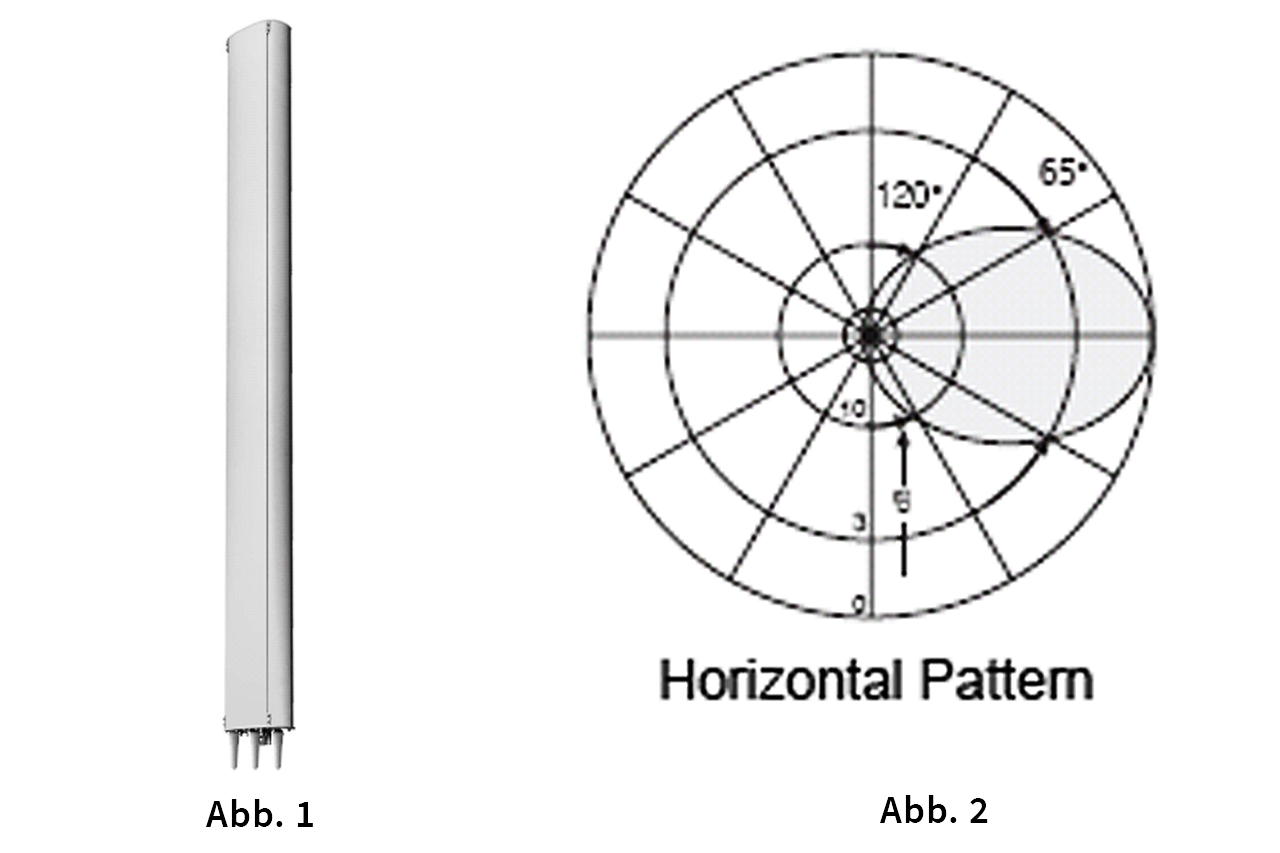BDBOS informs students of electrical engineering and information technology about the requirements for modernising the infrastructure of federal networks
At the beginning of May 2023, the Federal Agency for the Digital Radio of Security Authorities and Organisations (BDBOS) took the opportunity to offer students an insight into the professional field of radio frequency technology as part of the elective module Applied Radio and High Frequency Technology. After all, qualified personnel for setting up and maintaining secure communication networks are indispensable for authorities and organisations with security tasks such as the fire service and disaster control.
Tanja Witt and Michael Schurig from the BDBOS Berlin, responsible for the fire brigade, police, rescue services and disaster control, visited the Faculty of Engineering at HTWK Leipzig again on 31 January 2024 and informed students on the Electrical Engineering and Information Technology course about future challenges in the field of federal networks and potential careers at the BDBOS.

In his lecture, Michael Schurig presented the necessary parameters for successful radio planning for network coverage for the fire brigade, police and rescue services using the city of Leipzig as an example. In addition to imparting knowledge about high-frequency technology and a lively exchange with the students of the faculty, Tanja Witt from the Human Resources Department of the Federal Institute then took the opportunity to explain the working conditions, funding opportunities and career prospects at the Federal Institute.
However, before the practical part of the course began, Michael Schurig gave the students an outlook on the requirements for the upcoming modernisation of the federal government's network infrastructure. It is precisely in this area that the Federal Institute needs specialists and is actively recruiting future graduates from the faculty. After all, students from the Department of Electrical Engineering specialising in Electronic Circuit Technology and Signal Processing (ESS) will have the specialist knowledge they need to play an active role in shaping the federal government's future networks once they graduate.
A sector antenna was provided by the Federal Police for the practical part of the programme. Sector antennas (Fig. 1) are integrated into long, narrow boxes, as can often be seen on masts on city rooftops. The plastic housings usually contain several antenna radiators, which are combined for different frequency ranges. Sector antennas are often used in urban areas so that the network coverage can be specifically designed.
The students were allowed to independently measure a so-called radiation diagram (Fig. 2) on an open space in front of the Wiener Building of the HTWK Leipzig in Wächterstraße. The technology used for this corresponds to a mobile measuring device, which is also used by the testing and measuring service of the Federal Network Agency.
The task was to record the emitted electric field strength in a circular radius of three metres around the antenna. Following the measurement, the results of the practical exercise were compared with the results of the simulation in the lecture theatre. The evaluation showed how close the measurement results obtained were to the ideal properties from the antenna's data sheet. A bridge was successfully built between the theoretical design and the practical relevance.
The information event was organised and supervised by Jens Voigt and Prof. Sallier, who intend to continue the format and would like to thank the speakers.
